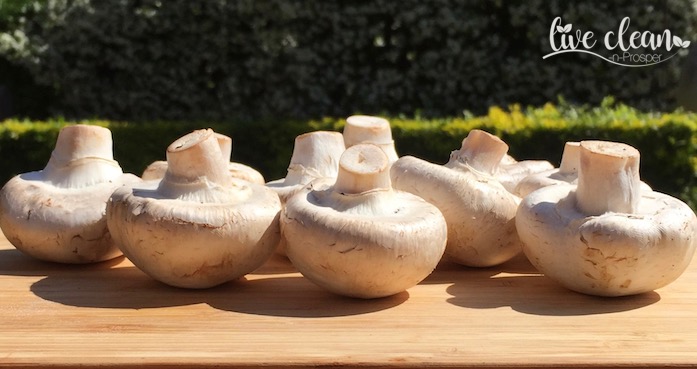Today’s topic is Vitamin D, Sunlight & Mushrooms.
I know that this seems like a strange combination but all will become clear.
This morning I read an article about vitamin D deficiency. It seems that despite Australians being referred to as ‘bronzed aussies’ and our nation referred to as a ‘sunburnt country’, many Australians are actually deficient in this vitamin.
Many Australians work predominantly indoors and spend much of their leisure time indoors. This limits overall sun exposure.
The awareness of skin cancer and the increasing use of sun screens also mean that our bodies don’t absorb the necessary rays required to create vitamin D from sunlight.
What is Vitamin D?
It is a hormone that helps the body absorb calcium and control calcium levels in the blood. It is also important for preventing depression, muscle growth, organ development and supporting the immune system.
Recent research suggests adults may actually need at least 2,000 IU of vitamin D every day to maintain a healthy level in the body and reap the most benefits.
Most living things can make vitamin D through sunlight exposure.
The human body is able to produce its own vitamin D3 when the skin is exposed to the sun’s ultraviolet (UVB) rays. When UVB rays hit the skin, a chemical reaction happens: The body begins the process of converting a prohormone in the skin into vitamin D3.
It’s estimated that we should get more than 90% of our vitamin D from daily sun exposure.
The amount of vitamin D absorbed from sunlight depends on some variables, including the country and skin pigmentation. Under picture-perfect conditions, the human body is able to produce as much as 10,000 IU to 20,000 IU of D3 in just 30 minutes
Studies have found that between 2 to 15 minutes of sun exposure to your unprotected face, arms, legs or back, three to four times every week is enough for your body to produce all the D3 it needs. Times will vary depending on the time of year and where you live. (Source – ABC Health)
Where do the Mushrooms come in?
Research has found that we can get a small amount of vitamin D from food. Fish and eggs naturally have some vitamin D, while some processed foods have added vitamin D.
Mushrooms also have a small amount of Vitamin D. The form of D vitamin produced in mushrooms is D2, unlike the D3 found in the few animal foods that naturally contain it.
It used to be thought that D2 was less potent and bioavailable in the body than D3. A recent study comparing D2 from mushrooms with D3 from supplements, has found that D2 is as effective as D3 in boosting the biologically active form of the vitamin in the body.
It is also possible to boost the levels in mushrooms by putting them in the sun for a while.
Just 15 minutes of direct sunlight can produce 200 to 800 IU in 85 grams of mushrooms regardless of type. At least 90% of the vitamin is retained after storage and with cooking.
To do this yourself, place the mushrooms with the “gills” (or underside) facing the sun to increase D production. The mushrooms may discolour or dry out a little.
If you like mushrooms, exposing them to UV can help you get more vitamin D, however you have to eat a lot. They will certainly boost your levels and add other nutritional elements to your diet. Most of us probably find it’s easier to take a vitamin D3 supplement.
Till the next post,
Live Clean n Prosper

